Can You Run Power Cable Behind Wall
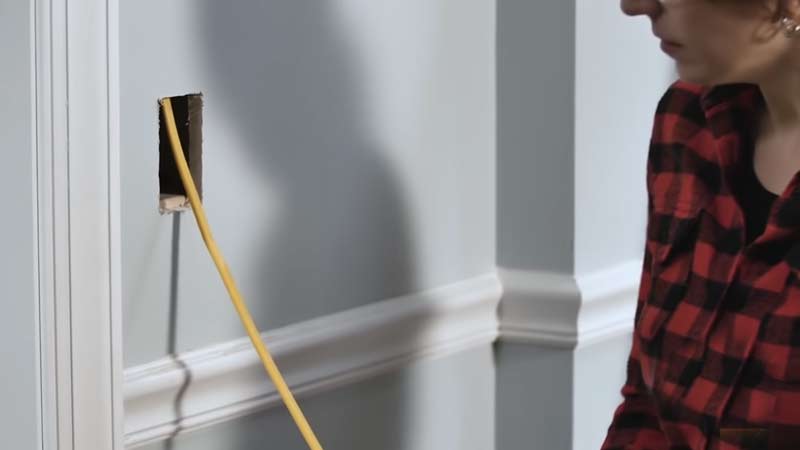
Make sure your cords are safe by using a qualified electrician to install them. Cords can cause electrical fires, so be very careful when plugging them in and out of outlets.
You may not be able to use power cords that have been used for other purposes—like hairdryers or appliances—because they’re considered unsafe. If you ever encounter problems with your cord, don’t try to fix it yourself; call an electrician instead.
Power cords should always have the proper labeling and markings. So make sure you know what type of cord is appropriate for your needs.
You'll Learn About
Can You Run Power Cable Behind Wall?
It’s important to be aware of the dangers associated with power cords before you purchase them. They may cause electrical fires if they’re not properly installed or maintained.
Power cords should also be avoided if they’re old, damaged, or mismatched in size. If you ever have a problem with your cord, don’t try to fix it yourself – call an electrician instead.
Remember that using unsafe power cords could lead to legal trouble for you.
Power Cords Aren’t structurally sound
A power cord that’s too long can damage your wall and pull the wiring out of the outlet. If you have an older home, be sure to consult with a professional before running any cords behind the walls – they may not be structurally sound.
Make sure all cords are tucked away so they don’t touch each other or anything else in your room. This could create a fire risk if something catches on fire. When moving furniture around, always unplug all electronics and appliances that aren’t essential to saving yourself from electrical shock.
Plugs should also face outward when moved upright for easier accessibility in case there is a problem while plugged in. Finally, use surge protectors when possible to avoid damaging delicate electronic equipment.
Safe to Put behind Walls
If you’re looking to run a power cable behind your wall, it’s important to first consult with an electrician. Running the cables behind the wall is safe. But it can be dangerous and is not recommended for inexperienced homeowners.
Power cables should never be left unattended as they are susceptible to breaking or being pulled out from behind the wall unexpectedly. Make sure any wires that will be running through your home are properly insulated and secured in place- this includes power cords as well.
Always use caution when making any changes or renovations. Even if it means waiting until an electrician can come to assess the situation first.
Can Cause Electrical Fires
The safest way to run power cables behind walls is by using a qualified electrician. Power cords can easily become entangled and spark into flames if not properly secured or installed.
Electrical fires can occur when exposed wires come in contact with flammable materials. Such as curtains or upholstery. Make sure the outlets are fully enclosed and well-labeled before running any cables. Otherwise, you may end up causing an electrical fire instead of preventing it.
Always be aware of potential hazards when working around wiring – never try to fix something yourself if you don’t know what you’re doing.
May Be Illegal in Some Cases
Installing power cables behind walls can be a great way to save space in your home, but it may not be legal in some cases. You should consult with an electrician or contractor if you’re unsure about whether or not running power cables behind walls is allowed.
If you do decide to run the cable behind the wall, make sure that you’re aware of any potential hazards and take appropriate precautions. It’s important to note that hiding electrical wires can increase your risk of fire – always consult with a professional before making any changes.
Always keep safety in mind when dealing with electricity – never try to DIY without proper knowledge.
Can I put a power cable behind the wall?
Yes, you can put a power cable behind the wall. Just be sure to measure and mark the location for where the cable will go before beginning. You also want to make sure that there is enough clearance between the wall and any other objects in the room so that the power cables won’t get caught on them.
Safe To Run Most Cables Through A Wall
Most cables can be run through a wall without any problems. But there are some cases where this may not be possible due to geometrical limitations or safety concerns. If you need to run a cable through the wall, make sure that you hire an experienced electrician who will be able to properly install the device and protect all other wires in your home at the same time.
Why You Shouldn’t Run A Power Cable Through The Wall
Running a power cable through the wall is safe but it can damage your home if it is not done correctly. This type of installation requires special skills and experience, which most homeowners do not have. It might be dangerous to run cables through walls because they can become exposed and susceptible to being damaged by weather or other elements.
Make Sure All Other Cables In Your Home Are Properly Protected
When running cables through walls, it is important to make sure that all other wirings in your home is properly protected as well so that there are no unexpected accidents during installation or later on when using electricity from these cables.
There Are Some Cases Where It Isn’t Safe To Run a CableThrough A Wall
There are certain cases where it may not be safe or practical to run a power cable directly behind someone’s wall – for example, if there are heat registers or electrical boxes installed inside the Walls near the outlet box location where you would like to place your cable.
In these types of situations, you should consult with an electrician before starting any work in order to ensure that everything will go smoothly and without complication.
How do you run cables behind a wall?
There are a few ways to run cables behind a wall. One option is to use cable ties or screws and brackets. Another is to use a wire mesh screen and clips.
Clear Away Any Obstructions Before Starting
Make sure all furniture, doors, etc are out of the way so that cables can easily pass through without obstruction. Also, be sure to clear away any dust or debris from around outlets and switches before beginning your installation as this could cause issues during installation if left unchecked.
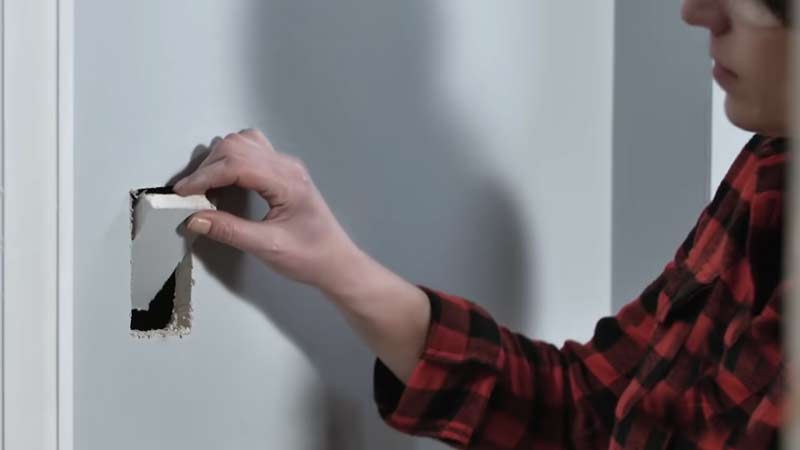
Cut The Cord Enough So That It Will Go Through Without Resistance
Once all obstructions have been cleared away and you’re certain that there are no live wires running near where you plan on installing your new wiring system. Cut enough cord so that it will go easily through holes in drywall without resistance (approximately 18-24 inches). If needed use a utility knife or razor blade to make precise cuts into cords).
Make Sure There’s No Insulation In The Wall
If there is any type of insulation in between the wall and the cable, you will need to remove it before starting your installation. Without removing this protection, you may experience problems with your wiring due to excessive heat or electrical current passing through connectors at an improper angle.
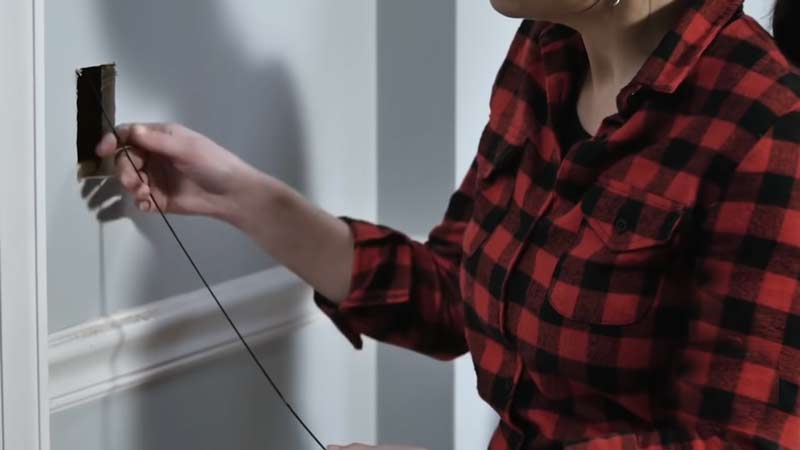
Use a Fish Stick to Catch and Pull the Wires
A fish stick is perfect for catching and pulling wires behind walls. This tool has a flexible wire coil on one end which makes it easy to grab onto the wire, while the other end features a sharp blade that cuts through insulation.

Push Down On The Cables With Your Hands To Help Them Pass Through
Once all obstructions have been cleared away and you’re certain that there are no live wires running near where you plan on installing your new wiring system, push down on the cables with your hands to help them pass through the holes in drywall.
Can you run the power cable behind wall UK?
Power cables can be a challenge to run behind walls, so it’s important to choose the right location. Supplies like cable ties and electrical junction boxes are necessary for a successful installation.
Laying out the power cable is just as important as securing it to the wall. Connecting wires and fittings may seem daunting at first, but with a little practice, you’ll get the hang of it quickly. Once your wiring is complete, make sure to test everything before turning on any lights or appliances
Is it against code to run an extension cord through a wall?
It may not be against code to run an extension cord through a wall, but it’s always best to check with your homeowners or rental property owner before doing so.
If there is any doubt about whether or not it’s allowed, you might want to avoid running the cord through the wall at all.
- It’s against the National Electrical Code to run extension cord wiring through a hole or opening in a wall. This is because there is a danger of electric shock if the wire breaks. Additionally, if smoke from the extension cords gets into your home, you may be at risk for fire.
- There is also a chance of damage to your property if the wire breaks and falls down onto someone or something below it.
- In addition, if you are not careful when installing an extension cord, you could get fined by law enforcement officials for violating safety codes.
- Extension cords can be dangerous both indoors and outdoors – especially when they’re near high-voltage wires such as those used in electrical appliances or during thunderstorms or severe weather conditions.
- If you do decide to run an extension cord through a wall, make sure that it’s properly secured so that it doesn’t pose any risks to yourself or others around you.
To Recap
Yes, you can run a power cable behind a wall. However, make sure that the power outlet is mounted securely and not within reach of children or pets. Also, be sure to use an appropriate extension cord to ensure an adequate distance between the power source and your Lavender plant.
Always ensure the cables are rated for in-wall use and consult a professional if you’re unsure about the process.
If you’re working on electrical projects, it’s worth exploring Snapper Pro S200xt problems and solutions for maintaining your outdoor tools. Additionally, understanding the differences between Echo SRM 2620 and 2620T can help you choose the right equipment.


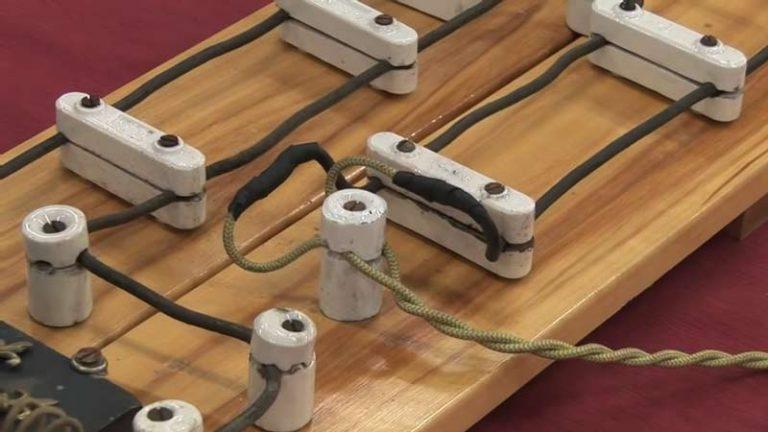
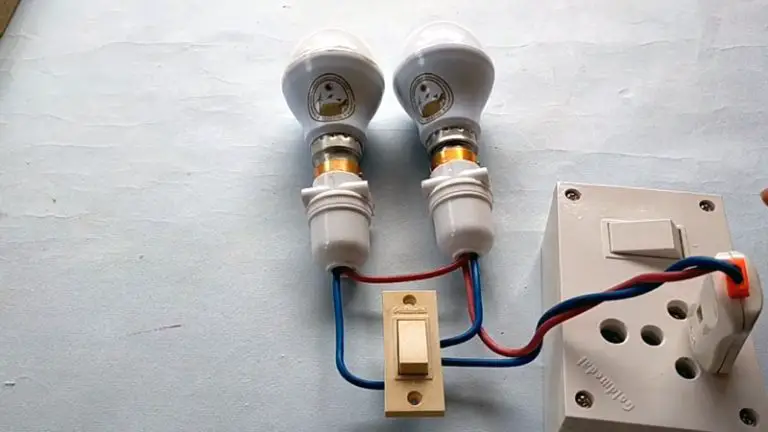
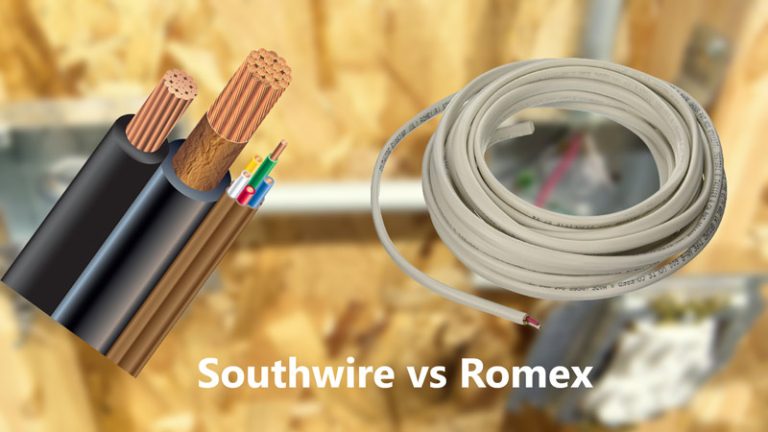
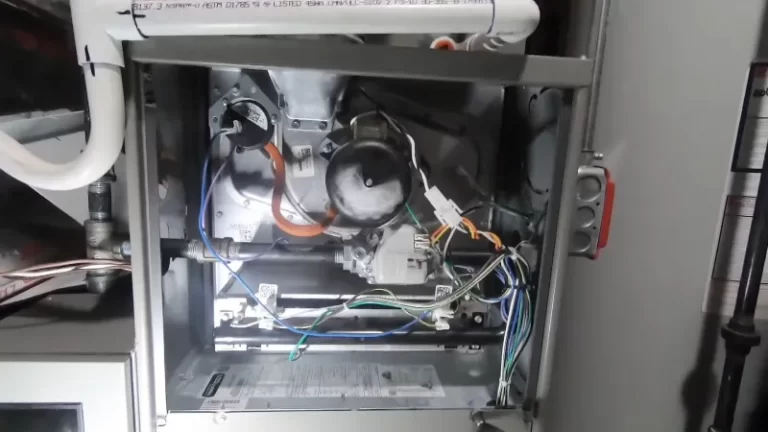
![Splice 10/3 Wire [is Easy to Do]](/wp-content/uploads/2023/02/Splice-10_3-Wire-768x432.webp)